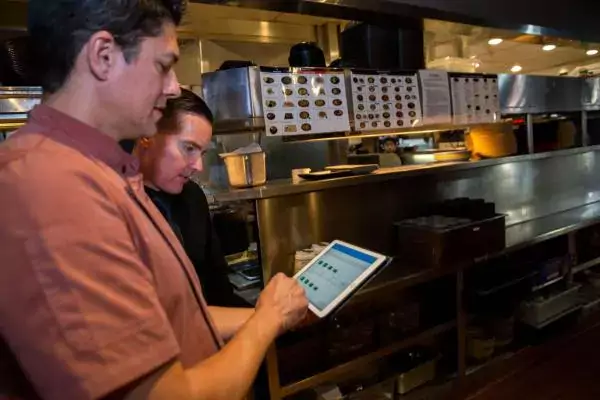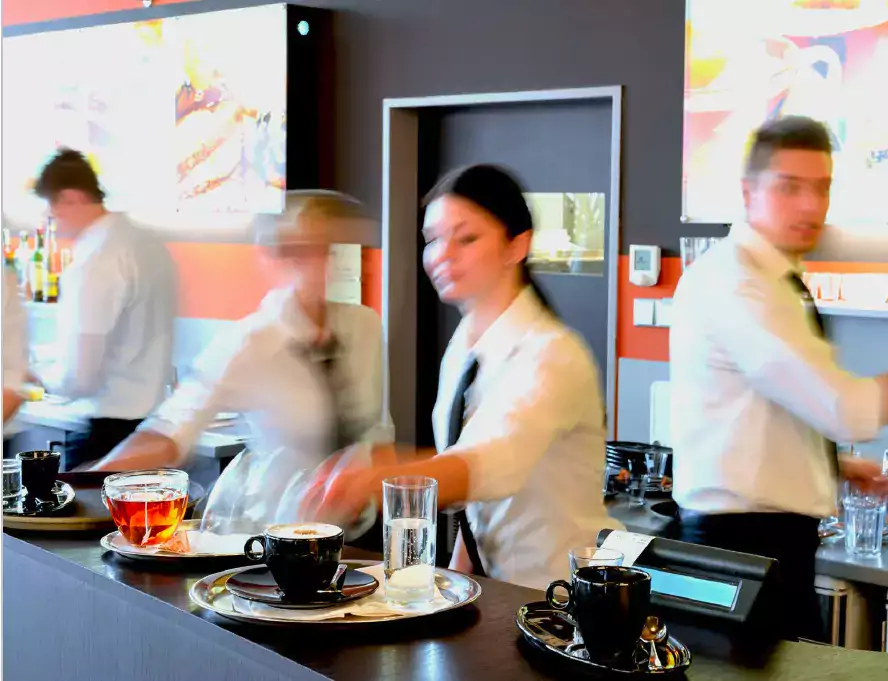Marketplace differentiation is an increasingly hot topic in retail as it relates to innovative merchandising and value proposition. What’s not? Sterile big-box retail.
This was a key revelation from STORES magazine’s Hot 100 Retailers, which ranks the fastest-growing retailers based on sales. Four of the top five companies listed are e-commerce businesses, with Walmart, Target, Costco and many department stores falling short of the list.
“This year’s Hot 100 confirms once again that retail growth is coming from a number of places, including less traditional channels in the industry,” said Andrew Stockwell of Kantar Retail, a research firm that compiles the annual list for STORES. “While a tremendous amount of volume is still generated from big boxes, retail channels such as online, discount, club, drug and convenience are powering accelerated growth.”
This list is bookended by companies in the grocery space, particularly companies focused on better-for-you foods. This is clearly evident as Mexican grocer Grupo Comercial Chedraui and SoCal gourmet supermarket Gelson’s, are ranked 8th and 9th, respectively - both saw an increase in sales of more than 25% since 2015. Market differentiation and a demand for specialty food is rewarded with major sales growth. It will be interesting to watch how the meal kit rivalry between Blue Apron and Amazon.com plays out, especially as Amazon moves forward in its acquisition of Whole Foods. Mergers and acquisitions created a bit of a shakeup in the list. CST moved up from number 39 in last year’s ranking to number 5 this year as a result of its August 2016 merger with Circle K, a wholly owned subsidiary of Alimentation Couche-Tard Inc. The merger was completed in June 2017. Meanwhile GPM Investments, a c-store operator that ranked 3rd in 2016 after embarking on an expansion course, failed to make the Hot 100 list this year. For c-store retailers, the Hot 100 provides two key takeaways:- M&A activity is “rewarded” and evident in sales growth.
- Brick-and-mortar retail is not dead, but ecommerce is playing a critical role in driving growth.
Bricks & Clicks
According to the annual Convenience Store News Realities of the Aisle Consumer Study, nearly a third of consumers who purchased gas at a convenience store in 2017 went inside to make additional purchases. The rate is double what it was in 2011, though it seems to have plateaued - staying around 33% for the past two years. C-store retailers can achieve growth by focusing on increasing their number of frequent or heavy shoppers. “More than half of consumers who stopped at a c-store on a daily basis (55.1%) this year went inside the store to make a purchase every, or almost every, time they stopped for gas,” wrote CSNews Editorial Director Don Longo. “Even weekly shoppers went into the store more often than average (35.1%).” Additionally, 40% of gas shoppers entered the store because of a promotional element; 17% were drawn in by a frequent buyer or loyalty program. Let’s face it: who is better than e-commerce retailers at “pinging” customers to make them repeat shoppers? C-store retailers need to focus on improving promotional visibility and building loyalty. They have an advantage with prepared foods, but only if the brand consistently delivers. Once convenience store operators can maintain exceptional quality, they need to “tout” their differentiation by reminding customers at every turn, through social media, loyalty rewards apps, and on-site promotions like forecourt and outdoor signage.Location by Location
Increasing your number of frequent shoppers starts with increasing your understanding of store-level operations, and mobile technology is a tool that can help. More than 6,500 c-stores worldwide are using Zenput’s mobile solution to improve their visibility at the store level and to analyze location data for a better understanding of productivity, including food service and promotional execution. Learn more about Zenput and read a case study about one of the largest regional c-store operators in the U.S.Subscribe to our blog
You are now subscribed!


